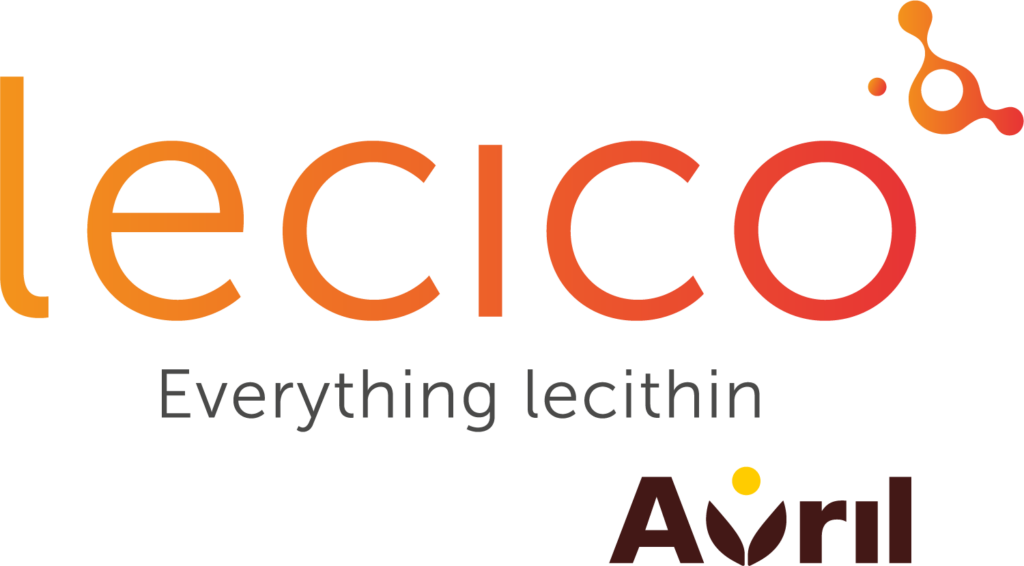Confectionery
Das traditionelle Einsatzgebiet von Lecithinen
Chocolate
Chocolate is a complicated disperse system with sugar crystals and cocoa particles dispersed in a continuous cocoa butter matrix. The phospholipids in lecithin attach to the hydrophilic surface of sugar and cocoa because of their bipolar molecular structure and reduce in such a way the internal friction between the solid particles of the chocolate mass. In consequence viscosity and yield point are reduced, thus saving expensive cocoa butter. As a rule of thumb it can be said that 0.5 % lecithin addition can save approximately 6 % of cocoa butter
Chewing Gum
Lecithin addition to the gum base makes it better machineable because of its positive influence on the rheology of the base. Lecithin prevents the final gum from drying out and contributes to a longer lasting flavour release. In terms of taste and texture a 2 months old chewing gum without lecithin can be compared with a 6 months old gum containing 0.3 % of lecithin.
Ice Cream Coating
For ice cream coating a phosphatidylcholine (PC) enriched fraction is the product of choice. Lecithin maintains a low and stable viscosity of the coating mass even at slightly increasing moisture content during the coating process. This leads to reproducibly thin coating and helps saving coating mass. In consequence cracking of the coat because of too high thickness and the formation of ice crystals is prevented
Caramels and Gums
In soft caramels, fudges, toffees and gums not only viscosity is important but fat distribution and stickiness must also be considered. The anti-sticking effect of lecithin is wellknown in products where sugar and water are present. Lecithin avoids the increase of moisture at the surface of the product and prevents the recrystallization of the sugar. The emulsifying properties of the lecithin achieve a fine and homogeneous distribution of the fat.


